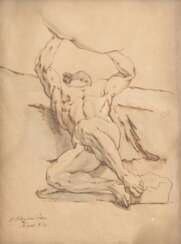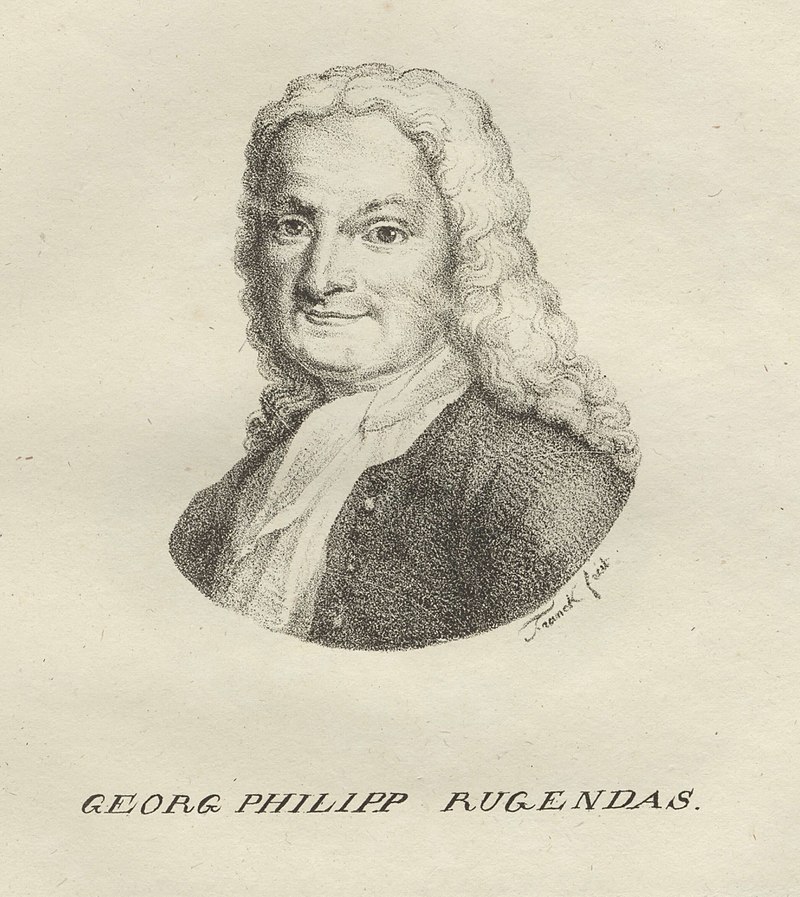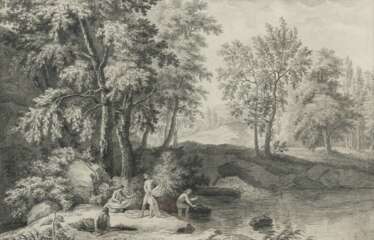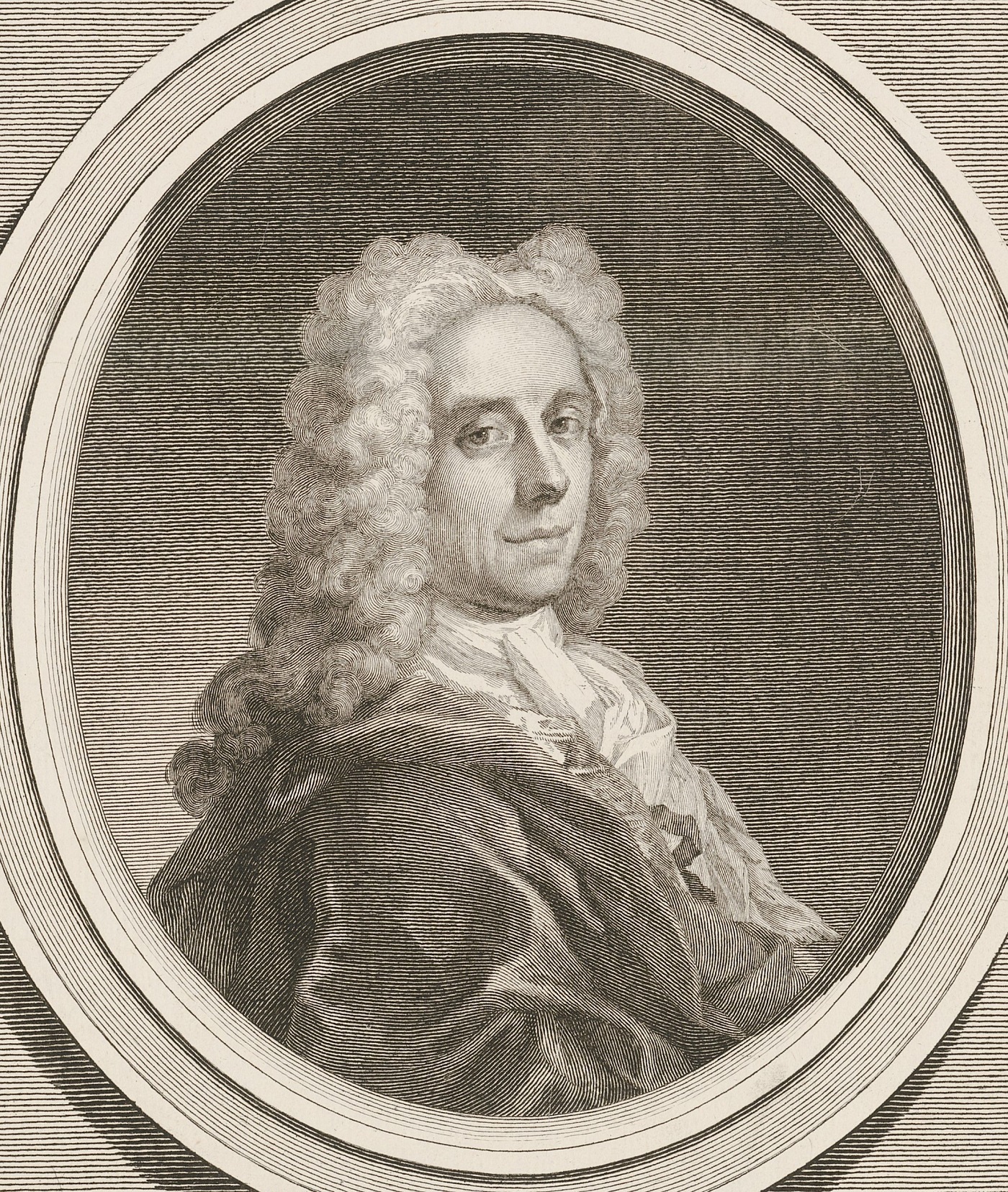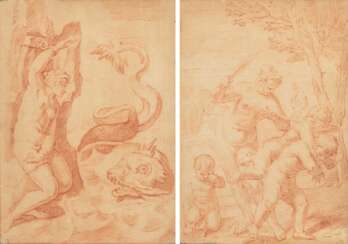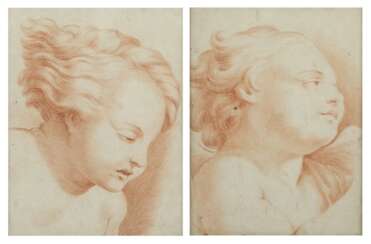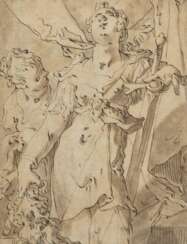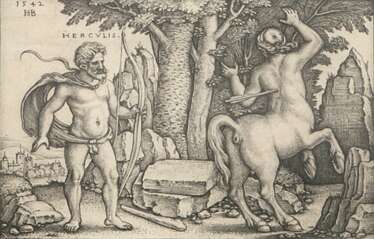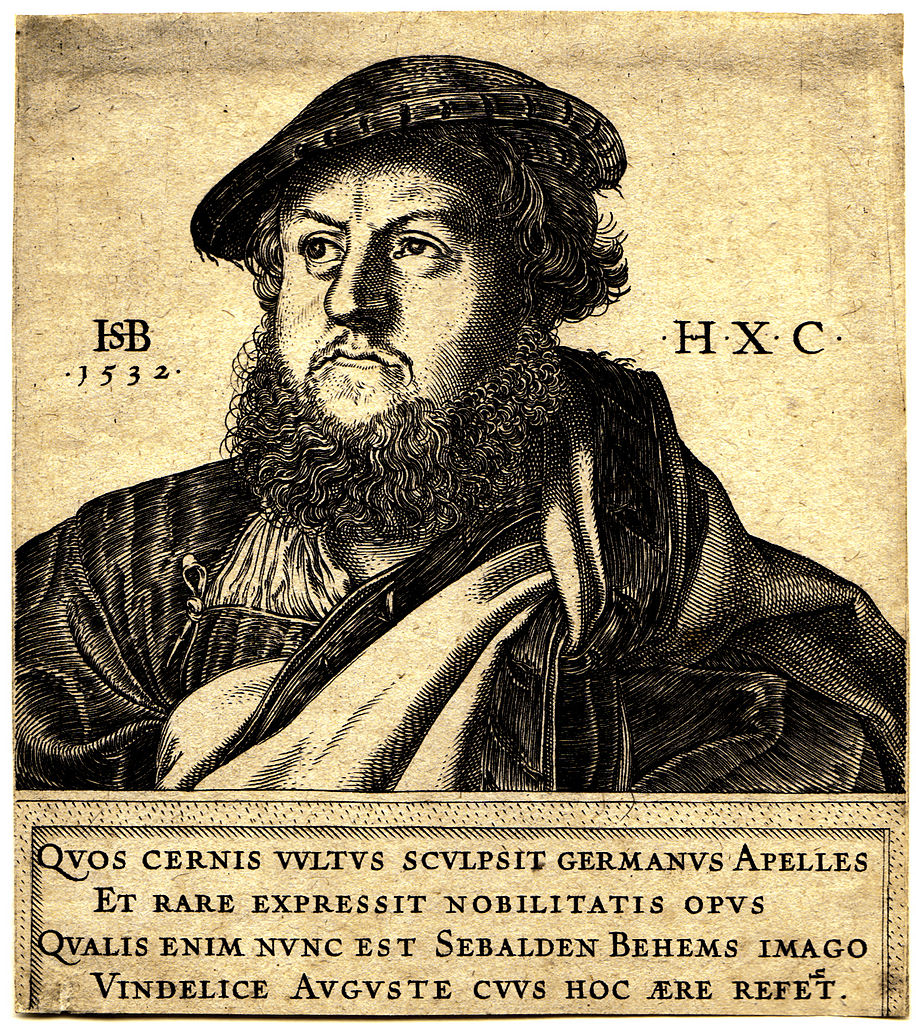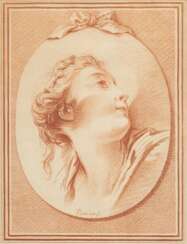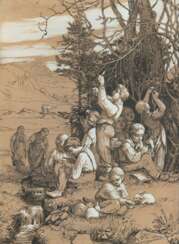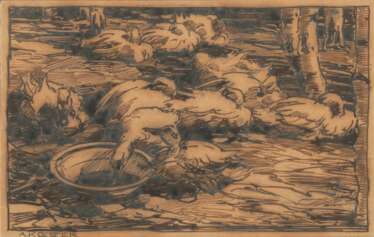
Graphic — 182_3: Alte Kunst & Antiquitäten, Tag II
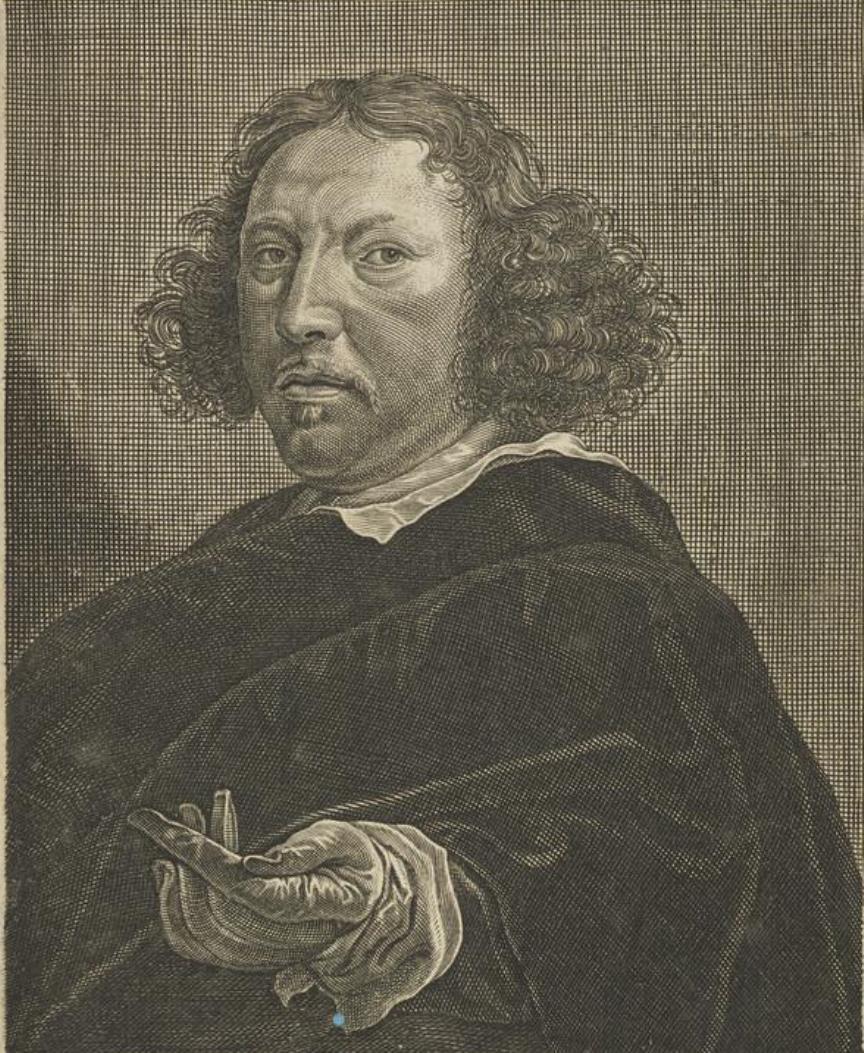
Herman Saftleven the Younger was a Dutch artist of the Golden Age who was Dean of the Guild of St. Luke in Utrecht.
Herman Saftleven the Younger was born into a creative family. His father, Hermann Saftleven the Elder (c. 1580-1627), was the father of three artist sons, Hermann the Younger, Cornelis (1607-1681), and Abraham Saftleven (c. 1611/13 - 1646).
Saftleven the Younger was an extremely productive painter, draughtsman, and printmaker. He is known for his landscapes near rivers as well as scenes of people traveling in the woods.
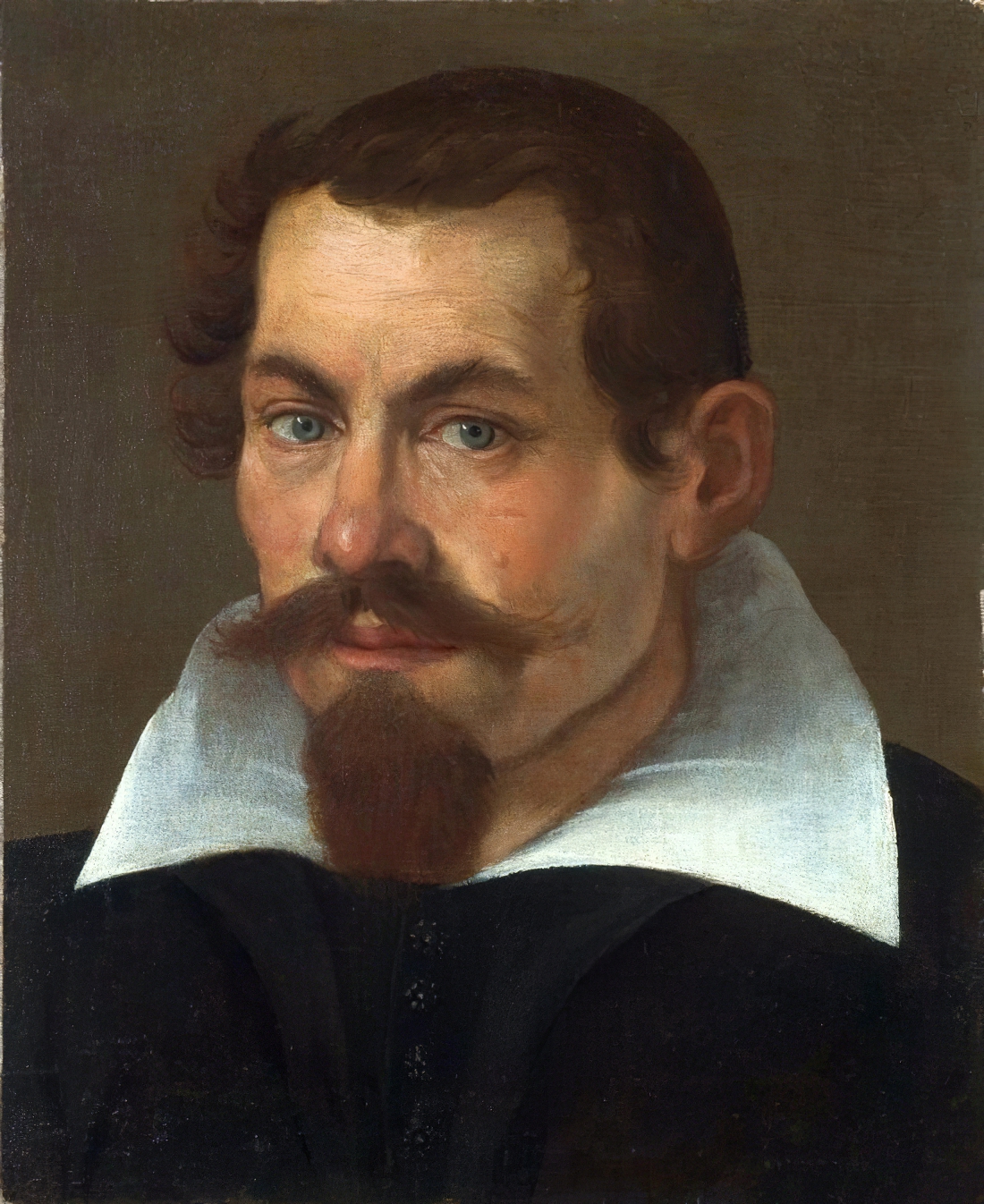
Agostino Carracci, an Italian painter and printmaker born in 1557 in Bologna, is celebrated not just for his own art but also for his significant contributions alongside his brother Annibale and cousin Ludovico to the revitalization of Italian painting at the end of the sixteenth century. While Agostino's paintings are noteworthy, he is particularly distinguished as one of the premier printmakers of his era, producing high-quality reproductive engravings of works by renowned artists like Veronese and Tintoretto, as well as his original creations.
His collaborative work with Annibale on the frescoes for the gallery of the Palazzo Farnese in Rome is one of the notable highlights of his career, demonstrating the Carracci family's impact on the direction of Italian art towards a more realistic and classical style, countering the prevalent Mannerist tendencies of their time. His untimely death in 1602 in Parma curtailed a career that, through his engravings and teachings at the informal academy founded in Bologna with his relatives, influenced a broad swath of the art world, including future generations.
For art collectors and experts, Agostino Carracci's works offer a glimpse into a pivotal moment in art history, where a shift towards classical realism was being forged. His engravings and paintings remain a testament to his skill and a vital part of the narrative of Italian art's evolution.
To delve deeper into Agostino Carracci's world and stay informed about related artworks and auction events, signing up for updates is a proactive step. By subscribing, you'll receive tailored information about Agostino Carracci, ensuring you're always in the loop regarding new insights and opportunities in the realm of art and antiques related to this influential figure.
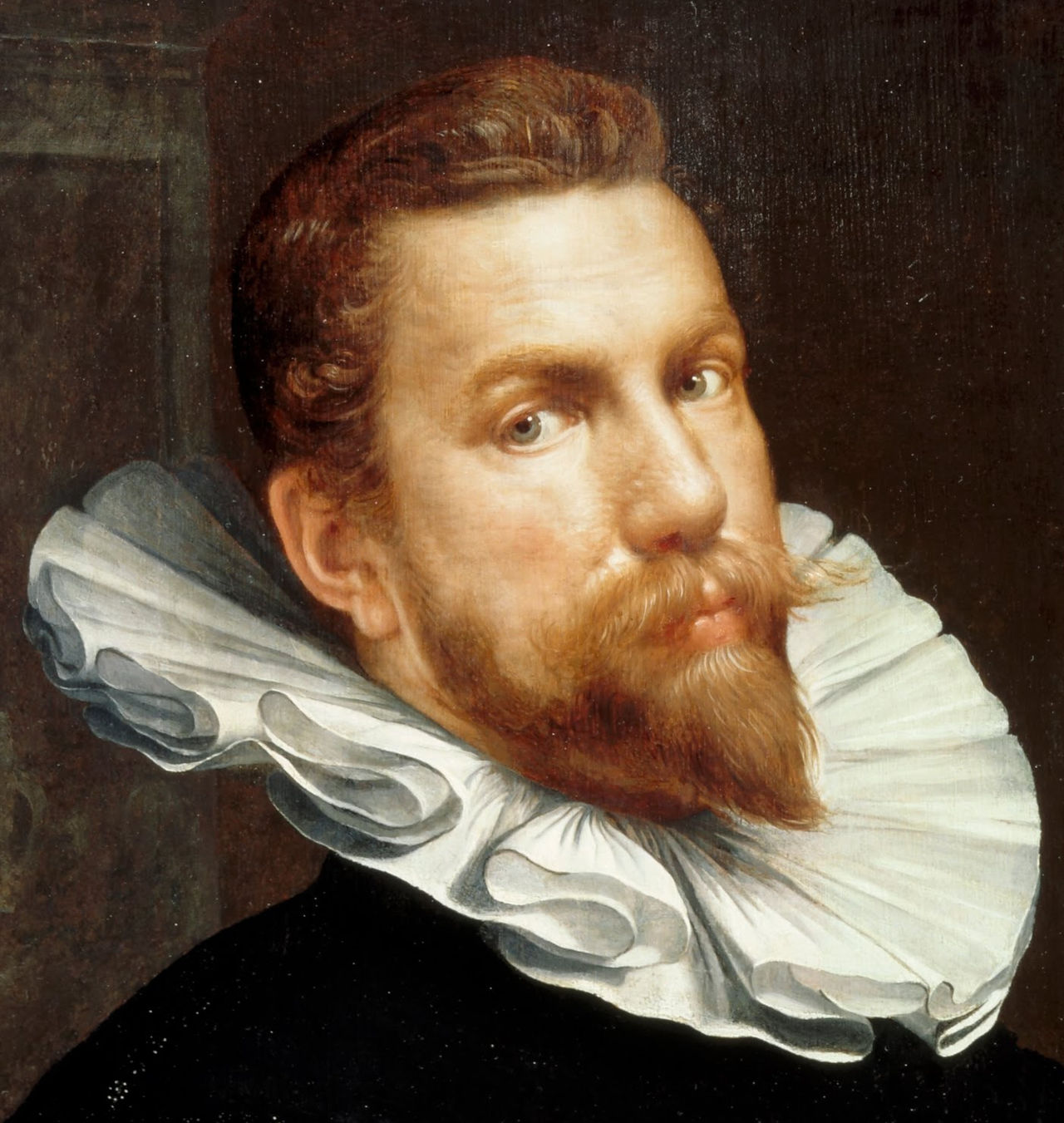
Joachim Anthoniszoon Wtewael, also Joachim Uytewael, was a Dutch painter, mannerist, engraver, and stained-glass artist, member of the Guild of Saint Luke in Utrecht. He painted mainly on religious and mythological subjects. After a trip to Italy and France he returned to Utrecht, where he became one of the leading Dutch representatives of Mannerism.
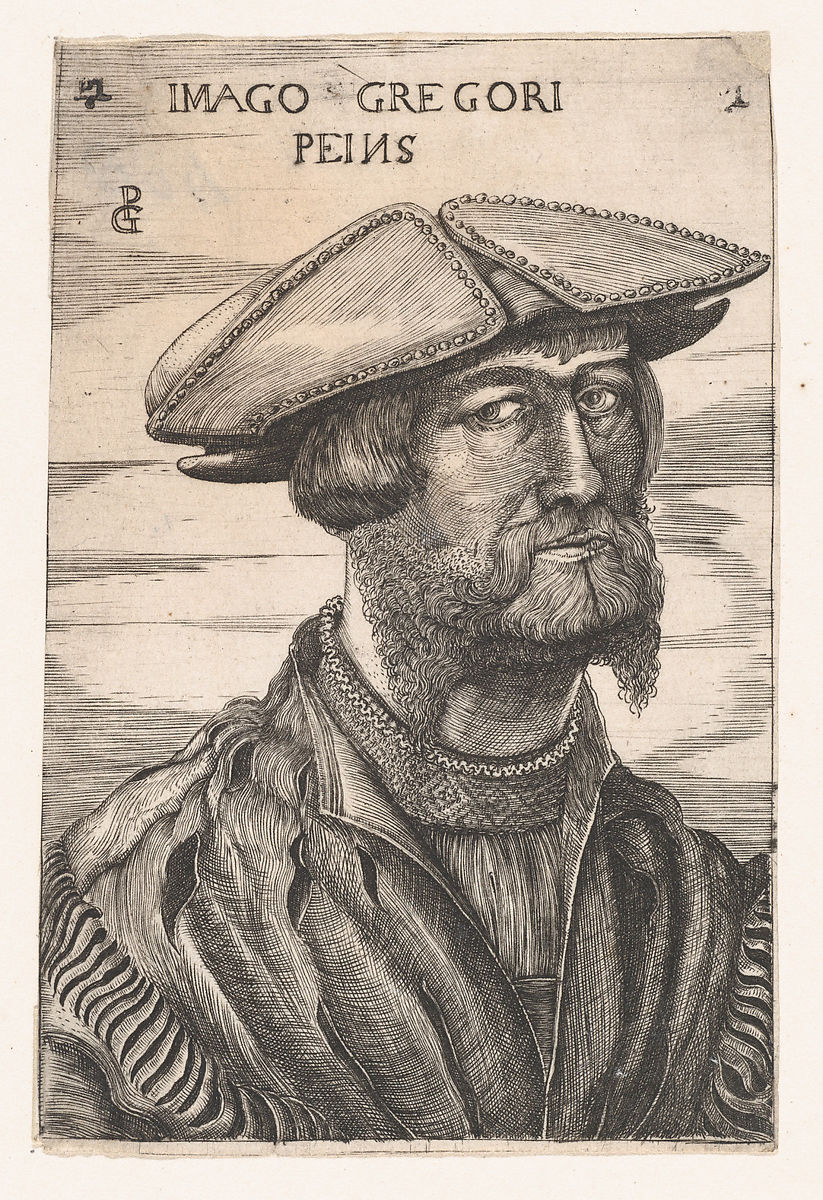
Georg Pencz was a German painter and engraver born in Nuremberg in 1500. He studied art under Albrecht Dürer and then moved to Italy, where he joined the Raphael school and studied engraving under Marcantonio Raimondi. He returned to Germany in 1528.
Most of the paintings painted by Georg Penz have allegorical and genre content, as well as portraits with good drawing and a warm, clear colouring. His work bears the hallmarks of the Raphael School, but is not a blind imitation of Raphael's work.
He is also famous for his engravings, having produced 126 prints which show the influence of the Italian Renaissance on his work rather than the German's pictorial creations. Some of his best-known works include Cupid and Venus (Munich Pinakothek), St Hieronymus (Stuttgart Museum Staatsgalerie Stuttgart) and Crucifixion (Vienna Gallery).
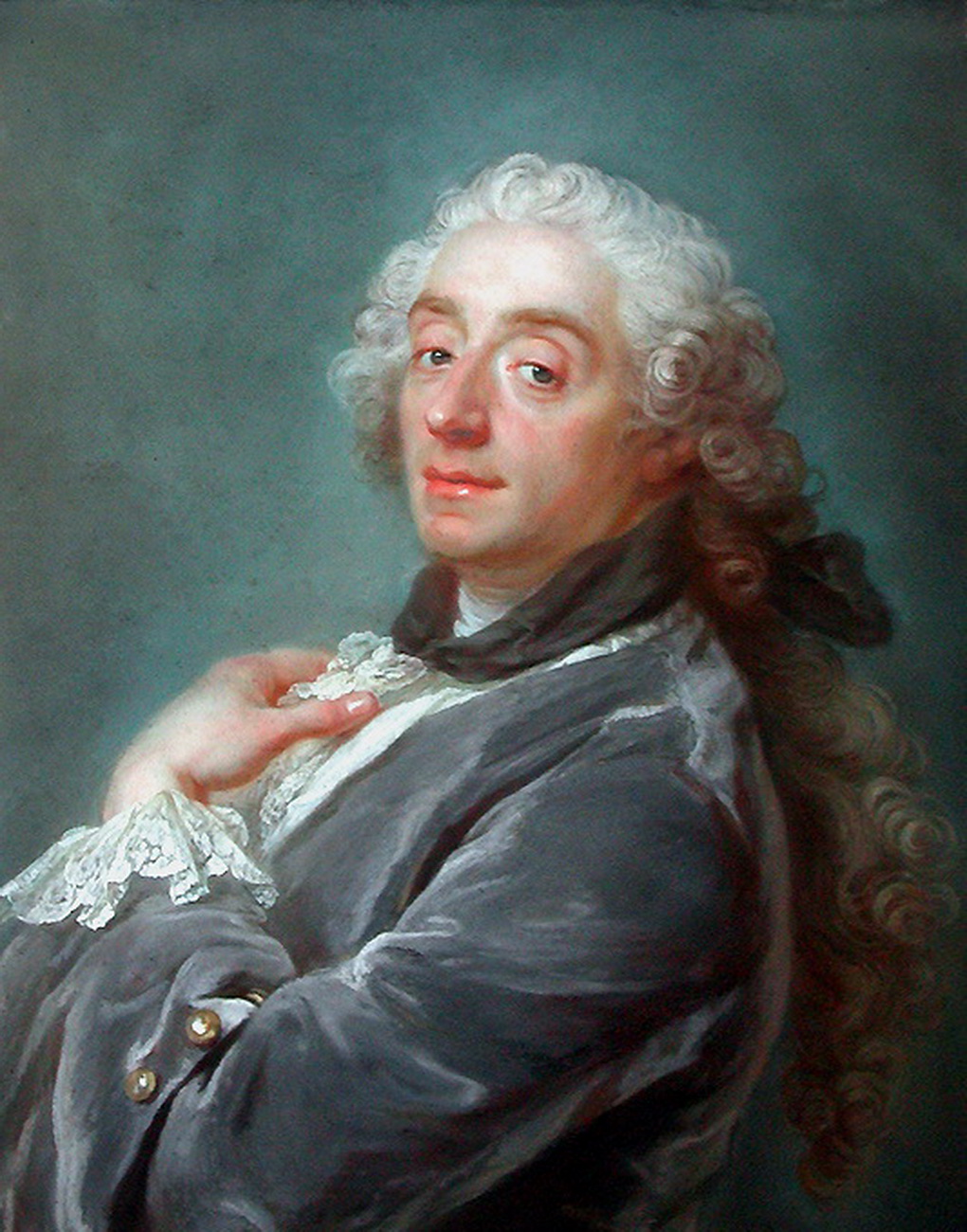
François Boucher, a French artist, is celebrated for his significant contributions to the Rococo style of painting. His works are renowned for their idyllic and voluptuous themes, which include classical subjects, decorative allegories, and pastoral scenes. Boucher's talent in creating intricate and charming paintings made him a favorite in the French court, especially with Madame de Pompadour.
François Boucher's skills were not confined to painting alone; he was also an adept draftsman and tapestry designer. His designs for the Beauvais tapestry workshops were highly successful, influencing decorative arts across Europe. Moreover, Boucher's influence extended to porcelain, with his designs being replicated on tableware and decorative pieces at the Vincennes and Sèvres factories.
Despite the later criticism of his style as overly frivolous and disconnected from the emerging Neoclassical trends, François Boucher's works continue to be admired for their aesthetic beauty and historical significance. His ability to blend various elements into a cohesive and appealing visual narrative demonstrates his mastery and enduring legacy in the art world.
For art collectors and enthusiasts, François Boucher's oeuvre offers a fascinating glimpse into 18th-century French art and culture, reflecting the opulence and delicate tastes of the Rococo period. His paintings and designs continue to be celebrated and studied for their artistic merit and historical context.
To stay updated on the latest exhibitions, sales, and events related to François Boucher's works, consider subscribing to updates from reliable art and antique sources. This way, you'll remain informed about opportunities to engage with the art of one of Rococo's most distinguished masters.

Giovanni Battista Piranesi was an 18th-century Italian painter, engraver, architect, and archaeologist who represented Neoclassicism and Romanticism. He was famous for creating a lot of original etchings with images of antique architecture monuments.
Giovanni Piranesi created hundreds of drawings and drafts in which he depicted the reconstructed ruins of ancient Roman buildings. His works are still used as teaching aids in the education of architectural students in many prestigious European universities. Piranesi periodically printed voluminous books with dozens of his own engravings depicting modified ancient architectural masterpieces - "graphic fantasies". His works were in demand among professional architects, who borrowed Piranesi's original ideas for their designs.
The peak of Piranesi's career came in the 1760s when, in recognition of his merits, he became an honorary member of the Guild of St. Luke and received from the Pope the title of Knight of the Golden Spur.
More than 700 of the master's original etchings have survived, printed in scholarly works.
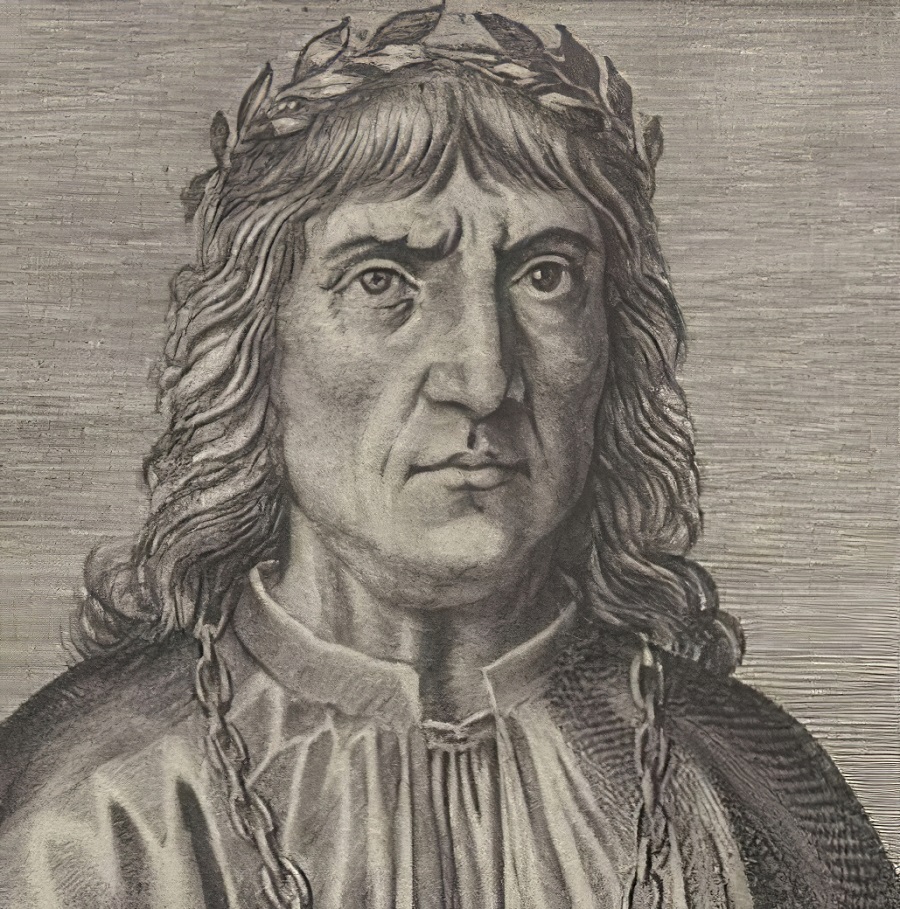
Andrea Mantegna was an Italian painter and engraver, celebrated as the first fully Renaissance artist of northern Italy. Born in 1431 near Vicenza, Mantegna emerged from Francesco Squarcione's Paduan school, distinguishing himself early on with his mastery in painting and his innovative use of perspective. His departure from Squarcione's workshop at a young age to establish his own marked the beginning of a prolific career that would influence the course of Renaissance art.
Mantegna's work is renowned for its dramatic use of perspective and detail, which he applied with meticulous care to both religious subjects and classical themes. His groundbreaking fresco cycle in the Ovetari Chapel, though largely destroyed during WWII, showcased his early mastery of perspective, a technique that would become a hallmark of his style. This early work helped establish his reputation, leading to significant commissions such as the Camera degli Sposi in Mantua's Ducal Palace, completed in 1474, which delighted visitors with its illusionistic space and detailed portraits of the Gonzaga family.
One of his most famous works, the Triumph of Caesar, consists of a series of nine canvases that depict Julius Caesar's victorious return to Rome. These panels, celebrated for their detailed portrayal of the Roman triumph, are now housed in Hampton Court Palace in London. Mantegna's meticulous attention to classical detail and his ability to convey narrative through art have made these works stand out in the history of Renaissance painting.
His exploration of perspective reached a zenith in works such as the Lamentation of Christ, where the use of foreshortening to depict Christ's body laid out for the viewer demonstrated Mantegna's skill in manipulating visual perception for dramatic effect. This piece, along with other later works like the Madonna of Victory and the paintings for Isabella d'Este's private chambers, showcase Mantegna's continuous evolution as an artist and his influence on subsequent generations.
Mantegna's legacy extends beyond his paintings; his engravings were highly valued for their detail and technical execution, influencing artists such as Albrecht Dürer. His draughtsmanship and innovative compositions in both painting and engraving marked a significant contribution to the Italian Renaissance, blending classical themes with the emerging humanist philosophy of the time.
For collectors and experts in art and antiques, Mantegna's works offer a fascinating insight into the transition from medieval to Renaissance art, characterized by an increased emphasis on humanism, perspective, and a revival of classical antiquity. His paintings and engravings not only depict the cultural and intellectual zeitgeist of his era but also demonstrate his technical prowess and creative vision.
To stay informed about new discoveries and upcoming auction events related to Andrea Mantegna's works, signing up for updates is highly recommended. This subscription ensures that enthusiasts are always in the loop regarding sales and exhibitions featuring the magnificent works of this Renaissance master.
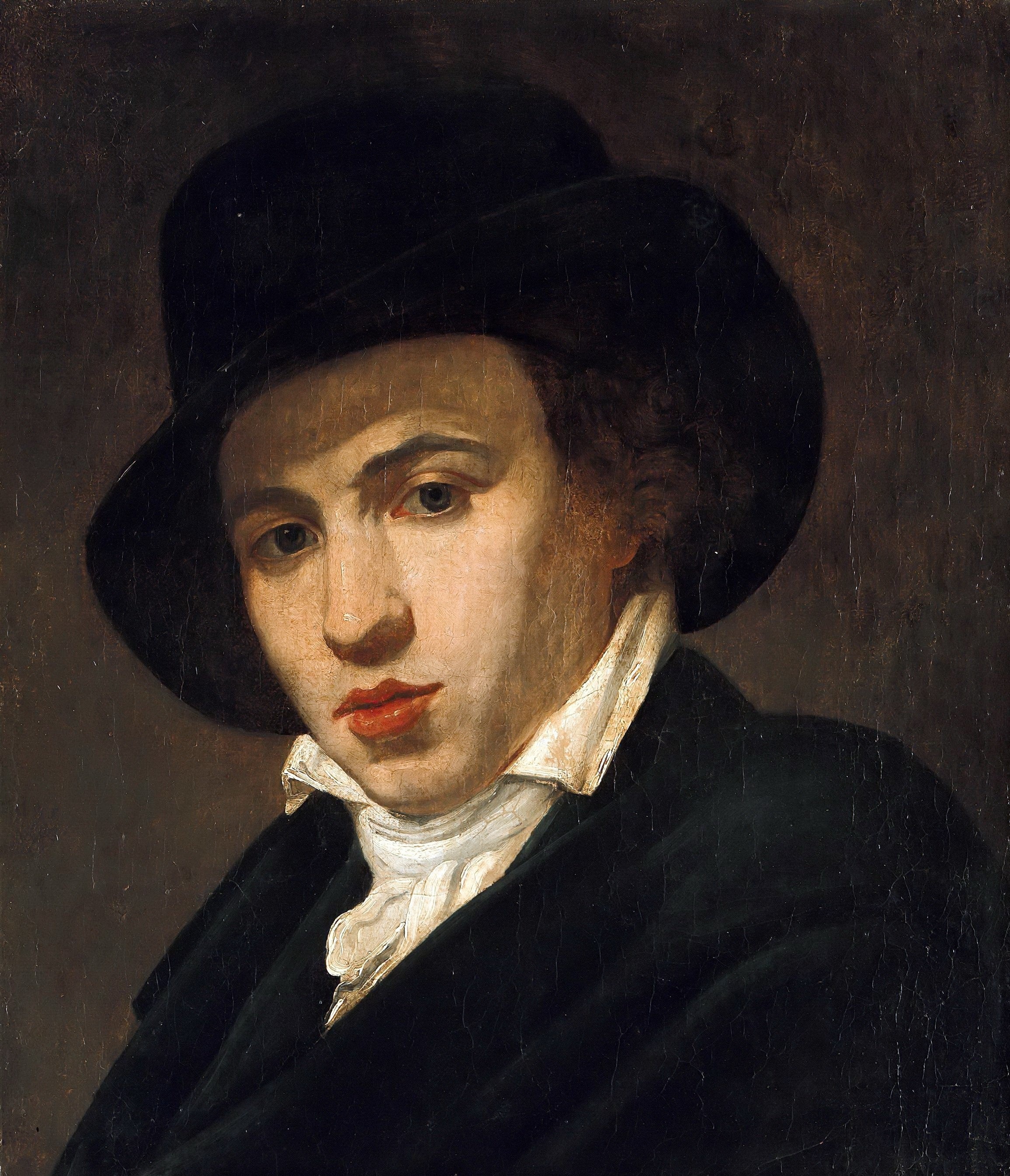
Wilhelm von Kobell was a German painter of the first half of the 19th century. He is known as a landscape painter, animalist and battle painter.
Von Kobell initially produced landscapes and animal paintings, but later focused mainly on battle painting. He visited Vienna and Paris between 1809 and 1810 to study this genre. His battle paintings, based on extensive research, are characterized by striking realism. They are important for the study of military history.
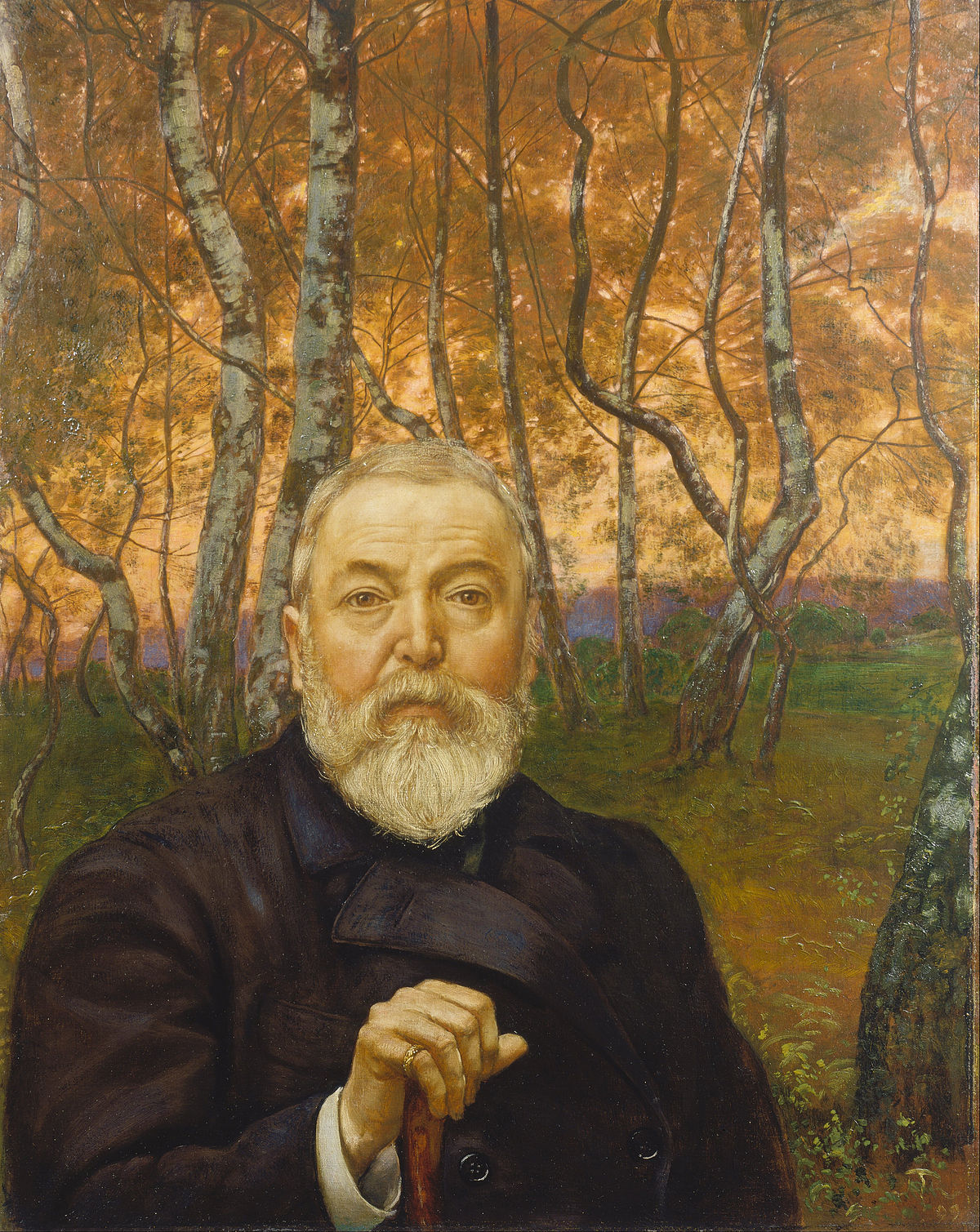
Hans Thoma was a German painter.
In spite of his studies under various masters, his art has little in common with modern ideas, and is formed partly by his early impressions of the simple idyllic life of his native district, partly by his sympathy with the early German masters, particularly with Albrecht Altdorfer and Lucas Cranach the Elder. In his love of the details of nature, in his precise drawing of outline, and in his predilection for local coloring, he has distinct affinities with the Pre-Raphaelites.
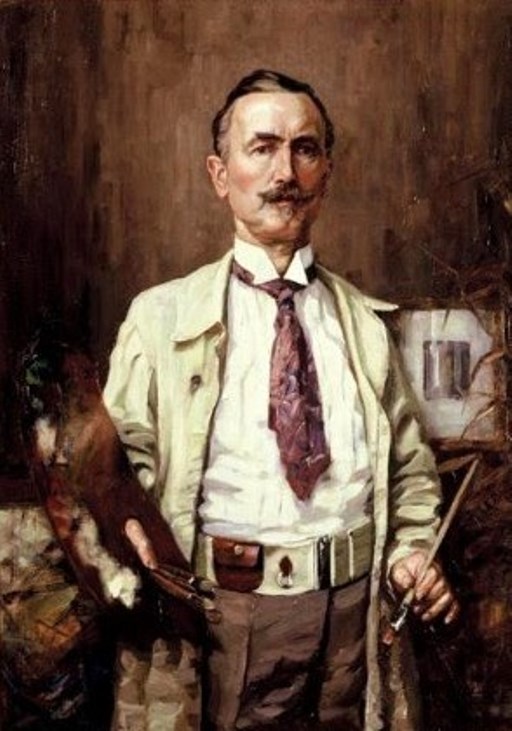
Alexander Max Koester was a German painter. He depicted coastal landscapes and still lifes with flowers. After the artist first presented one of his landscapes with a family of ducks in Berlin in 1899, he earned the nickname "Duck Koester." The "duck" paintings were extremely popular with art lovers.


